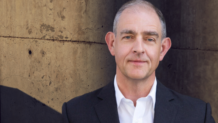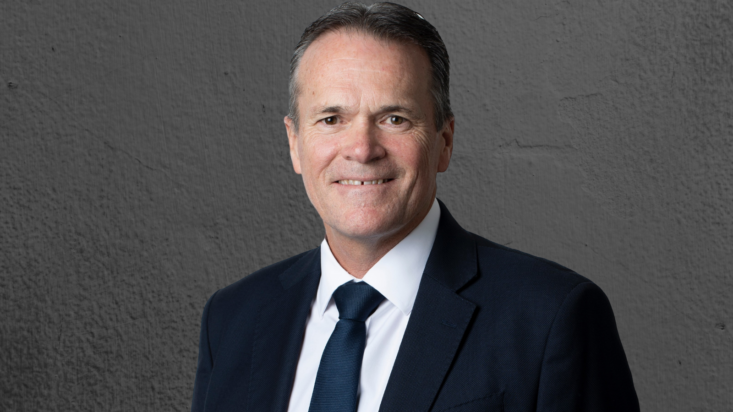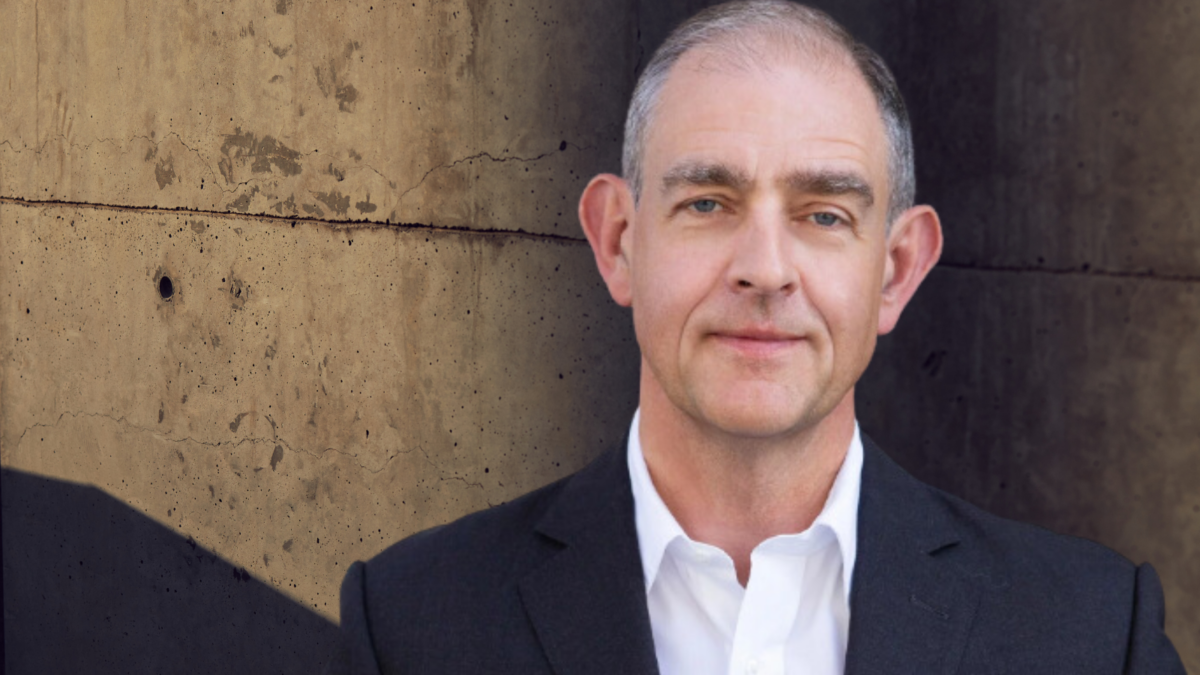Playing it ‘straight down the middle’ suits this industry veteran
Thirty-two years in the same job might strike some people as stagnation, but Yarra Capital Management’s Roy Keenan does not mind at all: it’s the shingle in the foyer that has changed, a few times.
Keenan (pictured) has been a fixture of the Australian fixed-income market since 1988. But his time in capital markets actually began in 1984. Keenan joined the State Insurance Office (SIO) – at the time a large asset manager – working in the back office.
From there he joined the Victorian Public Financing Authority (now the Treasury Corporation of Victoria, or TCV) as a senior fixed-income dealer. After eight years in the public service and studying to obtain his Bachelor of Business (Accounting), he moved across to the private sector, joining the venerable Melbourne broking house JB Were in 1992, as a fixed-income trader.
He has effectively stayed in the same place. In 2003, Goldman Sachs and JB Were merged their Australian operations, forming a joint venture branded as Goldman Sachs JBWere. In 2011, Goldman Sachs bought the remaining 55 per cent of the joint venture; in 2016, Keenan was part of the staff group that bought-out Goldman Sachs Asset Management’s Australian operation and established Yarra Capital Management.
“It’s hard to explain to people that I’ve actually been in the same job for so long,” Keenan tells The Inside Adviser. “I’m the portfolio manager for the Enhanced Income Fund, but I also have oversight of pretty much all our fixed-income funds. Darren Langer, my co-head of fixed-income, runs our Australian Bond Fund out of Sydney, and I’m also on our multi-asset funds. With (Yarra chief economist) Tim Toohey, I co-manage our multi-asset Income Plus Fund as well.”
Yarra Capital Management works, he says, because of its collegial nature, which the firm’s principals deliberately established. “At Goldman Sachs, our franchise was pretty much a credit house when we came across to form Yarra. In 2021 we acquired Nikko Asset Management’s Australian operations, and with it the old Suncorp-Tyndall fixed-income business, and that was the making of our fixed-income business.
“It was the perfect match for us, because there wasn’t one dollar of overlap between the Nikko fixed-income business and ours. Two teams of five people became one team of 10, and we cover everything from Australian government bonds right through to private credit. There’s nothing in the Australian fixed-income space that we don’t do, which is pretty rare for a fixed-income team of Yarra’s size,” he says.
The collegiality comes from the fact that the fixed-income and equities teams work together, from the morning meeting onward. “Everyone discusses and debates the same information,” Keenan say. But while he revels in the cross-fertilisation of ideas, he concedes to being “an old-school fixed-income guy”.
As such, one of the things that most amazes him is the expansion of his remit. “As a seasoned bond investor, I could never have believed that our universe could expand to take in the kinds of securities and the kinds of exposures to the economy that we can look at now,” he says.
“I was involved in the first hybrid issues in the 1990s, and I was there when the first Australian RMBS (residential mortgage-backed securities) and ABS (asset-backed securities), with collateral like auto loans, were done. Now, for a lot of the private lending, the banks are the providers in the warehouse at the senior level, and we tend to be the next providers down the capital structure.”
Keenan marvels at the “incredibly broad menu” available to today’s fixed-income investor, compared to when he joined the industry. “It was very ‘vanilla’ then. Now, you’ve got credit, and private credit, and areas like royalties and music rights and all sorts of cash flows that you can tap into for various risks. Our menu is so much broader and more varied.
Staying successful in this field comes down to sheer hard work, he says. “There are so many more different structures that you have to analyse. For instance, we’re investing in the banks’ warehouses, and when you’re moving out of the public domain into warehousing, you’ve got to trust the credit process of the people you’re dealing with.”
It’s a process that clearly works: Keenan has run the Yarra Enhanced Income Fund for 22 years, and against the fund’s target return rate before fees of cash plus 230–280 basis points, it has delivered an annual return of just under cash, plus 280 basis points, net of fees, since its inception. “We’re pretty proud of that record” he says.
Keenan attributes his fund’s success firstly, to Toohey – “it’s not very often that Tim has us positioned where any market move is going to shock us,” he says – and secondly, to his team. For himself, he uses a golfing analogy.
“I’m a keen golfer, and for 35 years my handicap has bounced between six and nine. I’m usually boring, down the middle. But sometimes, it can be 12 holes in, and I’m one or two under the card or something, and I start to think, ‘maybe I can shoot five or six under’ — and it falls apart,” he says.
“You need to stick with the strategy and the process of what’s got me to that position. That’s very much like managing portfolios; from time to time you can risk getting over-confident and forgetting your process a bit. And that’s when it can fall apart.”








